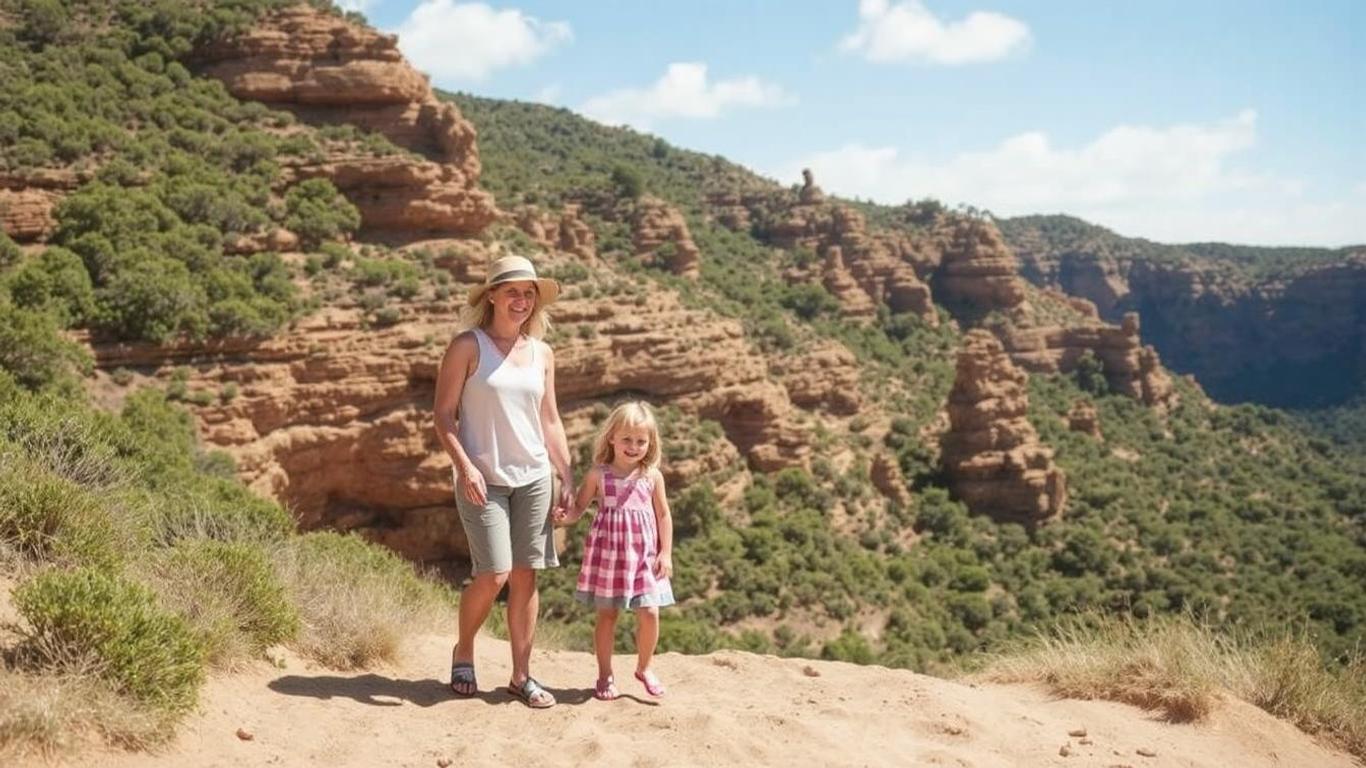
Planning a family vacation in Australia can be an exciting yet daunting task. With diverse landscapes, world-class attractions, and child-friendly destinations, this beautiful country offers something for everyone. For families traveling with young children, securing baby seat cabs in Melbourne can make transportation safe and hassle-free, ensuring a smooth start to your trip.
Step 1: Choose Family-Friendly Destinations
Australia is vast, so deciding where to go is key. Start with cities like Sydney, Melbourne, or Brisbane, which are packed with family-friendly attractions. In Sydney, enjoy the iconic Taronga Zoo and Bondi Beach. Melbourne offers exciting activities such as exploring the Melbourne Zoo or taking a stroll through the Royal Botanic Gardens. Brisbane’s Lone Pine Koala Sanctuary is perfect for wildlife enthusiasts.
Step 2: Plan Age-Appropriate Activities
For toddlers and young kids, consider wildlife parks, aquariums, or theme parks like Dreamworld and Sea World in Queensland. Older children may enjoy adventurous activities like snorkeling at the Great Barrier Reef or hiking in the Blue Mountains. Research the local attractions beforehand to ensure they cater to all age groups.
Step 3: Make Transportation Child-Friendly
Transportation is crucial when traveling with kids. Opt for child-friendly services such as trains with stroller access and car hire with baby seats. In Melbourne, many taxi services offer baby seat cabs, ensuring safety and convenience while traveling between destinations.
Step 4: Book Accommodations with Family Amenities
Choose accommodations designed for families. Many hotels and resorts across Australia offer family suites, babysitting services, and kids’ clubs. Airbnb is another great option, often providing spacious homes equipped with kitchens and laundry facilities.
Step 5: Incorporate Relaxation into the Schedule
Vacations can be exhausting, especially for young children. Plan some downtime at a beach or park to allow everyone to recharge. Bondi Beach in Sydney and Surfers Paradise in Queensland are perfect for family relaxation.
Step 6: Prepare for All Weather Conditions
Australia’s weather varies widely. Summer temperatures can soar, while winter months can be chilly in the south. Pack accordingly with sunscreen, hats, and layers to adapt to changing conditions.
Step 7: Enjoy Local Food and Culture
Expose your kids to Australian cuisine and culture. Many family-friendly restaurants offer menus catering to younger tastes, while farmers’ markets provide a chance to sample local produce. Attend cultural events like Aboriginal performances or art exhibitions for a deeper connection to the land.
Step 8: Safety First
Australia is a safe destination, but precautions are necessary. Teach kids about sun safety and marine dangers, such as jellyfish or rip currents. Emergency numbers and first-aid kits should always be handy.
Australia is vast, so deciding where to go is key. Start with cities like Sydney, Melbourne, or Brisbane, which are packed with family-friendly attractions. In Sydney, enjoy the iconic Taronga Zoo and Bondi Beach. Melbourne offers exciting activities such as exploring the Melbourne Zoo or taking a stroll through the Royal Botanic Gardens. Brisbane’s Lone Pine Koala Sanctuary is perfect for wildlife enthusiasts.
Step 2: Plan Age-Appropriate Activities
For toddlers and young kids, consider wildlife parks, aquariums, or theme parks like Dreamworld and Sea World in Queensland. Older children may enjoy adventurous activities like snorkeling at the Great Barrier Reef or hiking in the Blue Mountains. Research the local attractions beforehand to ensure they cater to all age groups.
Step 3: Make Transportation Child-Friendly
Transportation is crucial when traveling with kids. Opt for child-friendly services such as trains with stroller access and car hire with baby seats. In Melbourne, many taxi services offer baby seat cabs, ensuring safety and convenience while traveling between destinations.
Step 4: Book Accommodations with Family Amenities
Choose accommodations designed for families. Many hotels and resorts across Australia offer family suites, babysitting services, and kids’ clubs. Airbnb is another great option, often providing spacious homes equipped with kitchens and laundry facilities.
Step 5: Incorporate Relaxation into the Schedule
Vacations can be exhausting, especially for young children. Plan some downtime at a beach or park to allow everyone to recharge. Bondi Beach in Sydney and Surfers Paradise in Queensland are perfect for family relaxation.
Step 6: Prepare for All Weather Conditions
Australia’s weather varies widely. Summer temperatures can soar, while winter months can be chilly in the south. Pack accordingly with sunscreen, hats, and layers to adapt to changing conditions.
Step 7: Enjoy Local Food and Culture
Expose your kids to Australian cuisine and culture. Many family-friendly restaurants offer menus catering to younger tastes, while farmers’ markets provide a chance to sample local produce. Attend cultural events like Aboriginal performances or art exhibitions for a deeper connection to the land.
Step 8: Safety First
Australia is a safe destination, but precautions are necessary. Teach kids about sun safety and marine dangers, such as jellyfish or rip currents. Emergency numbers and first
Conclusion
With thoughtful planning, a family vacation in Australia can be a joyful and enriching experience. From securing baby seat cabs in Melbourne to exploring breathtaking attractions, the key is to balance activities with relaxation and prioritize your family’s comfort. Your Australian adventure awaits!
